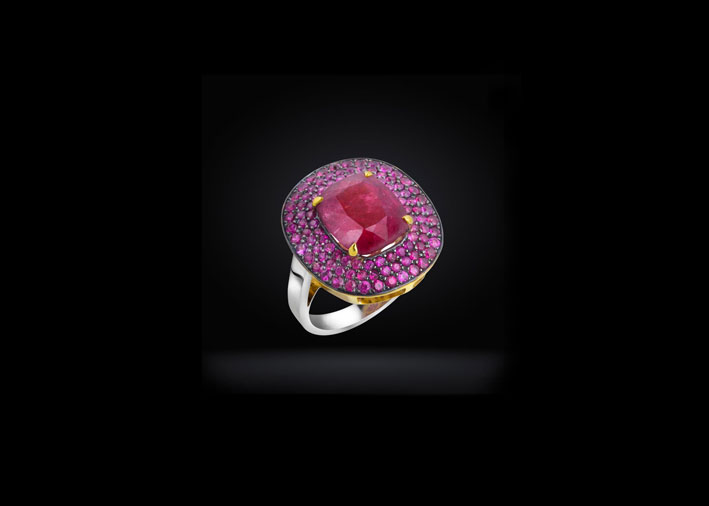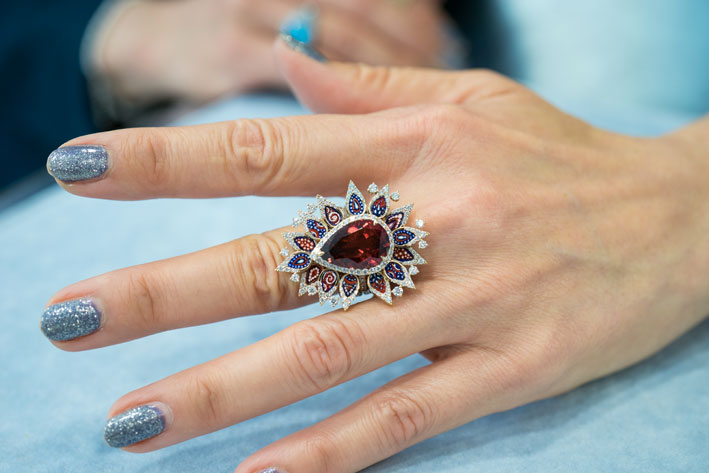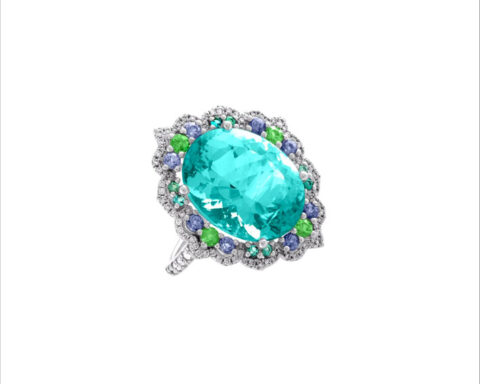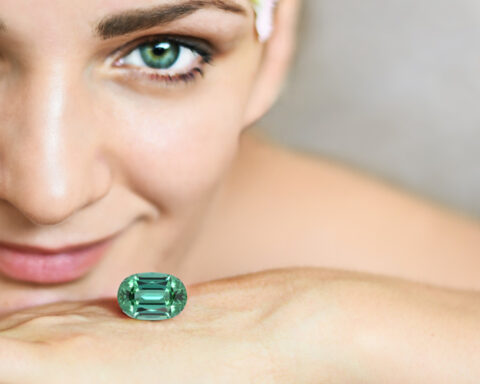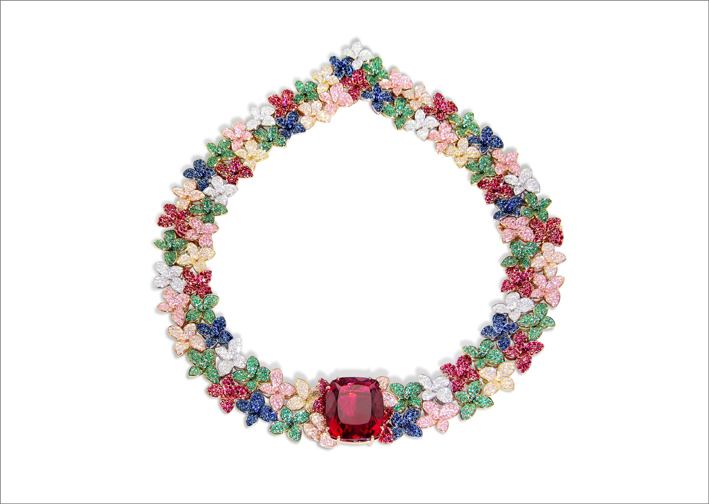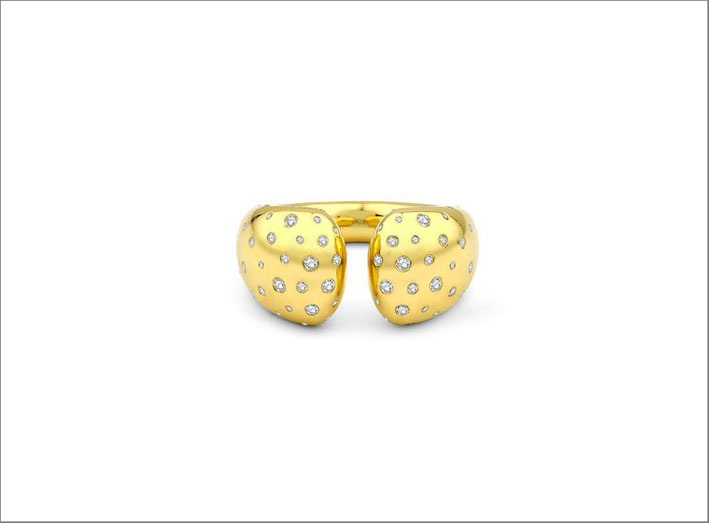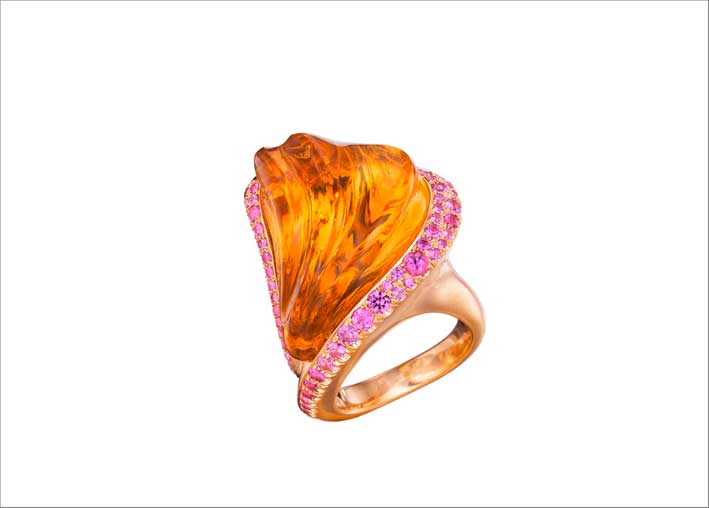Jewelers and wearers like it: rubellite is an increasingly used stone. But what is a rubellite?
It is red like a ruby, but it is not a ruby: rubellite is a gem of a different kind. While ruby belongs to the corundum genus, rubellite is a tourmaline that is scientifically classified among the silicates and is a variety of elbaite. But this matters little if you are not geologists or gemologists. Because rubellite above all has another quality: it is very beautiful and appreciated.
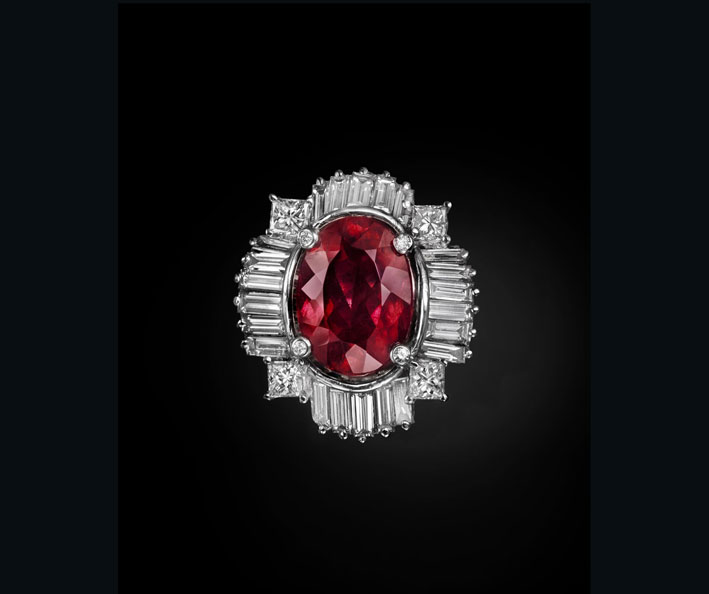
The history of rubellite
The stone was also known in antiquity, but often confused. In fact, there were no tools to distinguish a rubellite from a spinel, garnet or ruby. The first rubellites arrived in Europe from the East already in Roman times. Curiously, a rubellite was confused by scholars of the time such as Theophrastus and Pliny the Elder with lyncurius, a kind of gem obtained from the crystallization of animal urine. The stones arrived in Europe in greater numbers with Dutch merchant ships at the beginning of the seventeenth century, but the stone only spread in the eighteenth century, even if it was confused with the ruby. Many gemstones in the treasury of Tsar Peter I of Russia, believed to be rubies, are now classified as rubellite.
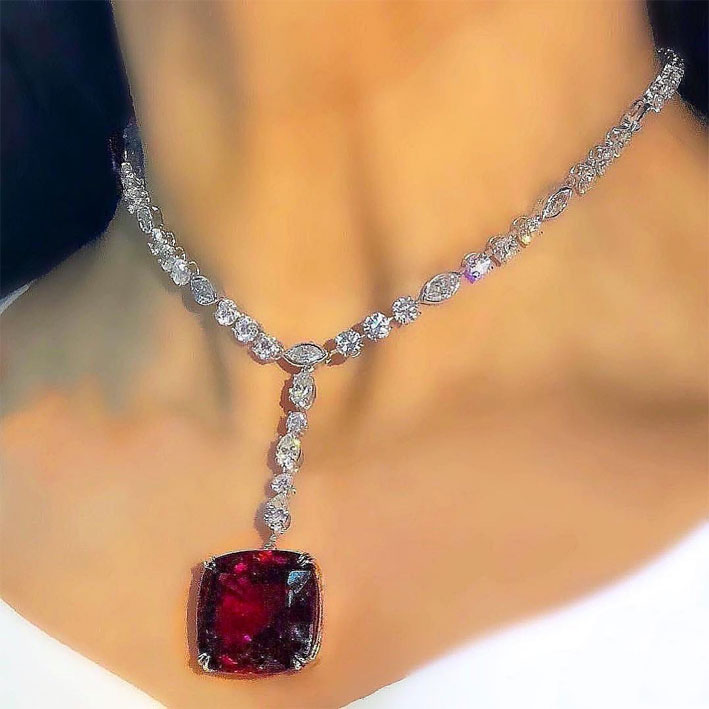
The property
If you hope stones have an influence on your mood, physique or health take an elevator to the Middle Ages. Stones are stones, they have no magical properties except in the Harry Potter books. But, of course, a red rubellite will make any woman happy who receives it as a gift. The Romans, however, believed that rubellite possessed a secret force. The stone for this was often carved in the shape of animals and used as an amulet. In Asia, on the other hand, especially in China, rubellite was used in the past to make the clasps that adorned the clothes of Chinese mandarins.
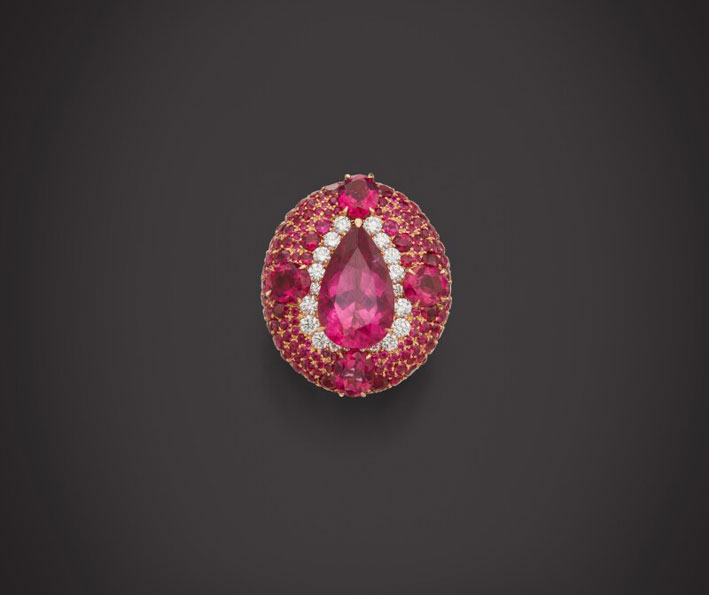
Color
Rubellite is red. But it can have different shades, from intense pink to magenta to ruby red, but in some cases also with a tendency to purple and, on the contrary, apricot orange. The intensity and hue are due to the amount of manganese and lithium. Another factor that characterizes rubellite is the frequent presence of inclusions, i.e. small imperfections contained within the gem, for example due to the presence of tiny minerals.

The look
Rubellites can be composed of crystals of different types. This factor also determines the type of cut. Stones formed from prismatic crystals are cut in the shape of steps, those with smaller crystals tend to be used as round or cabochon gemstones, but also in oval or teardrop shapes.
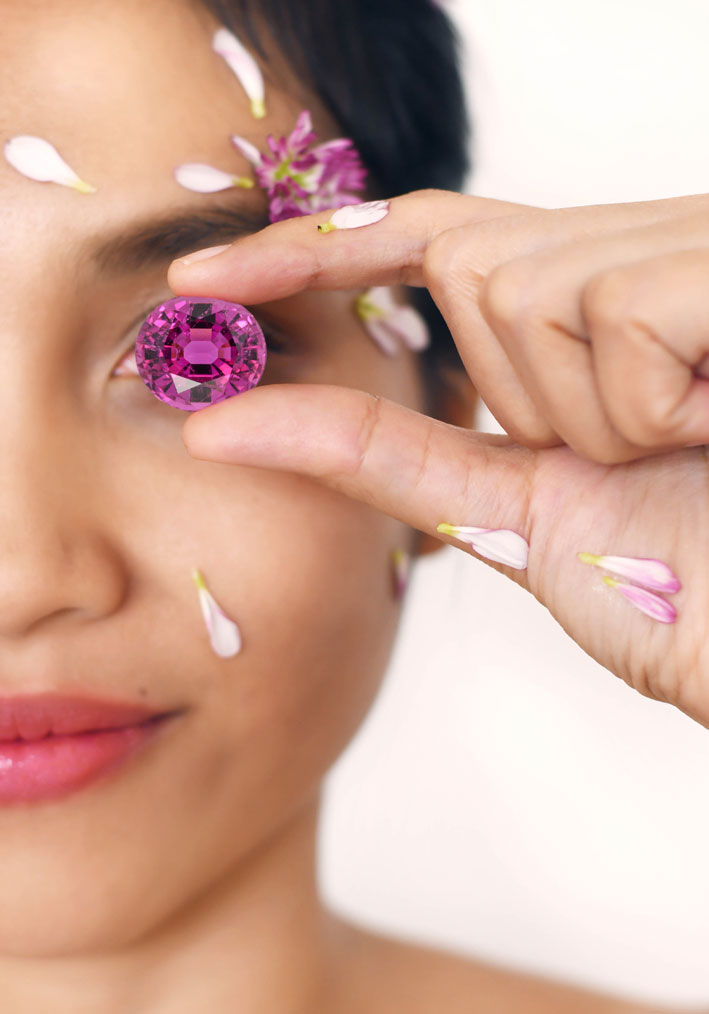
Where is it
Many rubellites come from Burma, but the most valuable are those from Brazil and Nigeria, near the city of Ibadan. Rubellite from Mozambique is also highly valued, famous for its exceptional lack of inclusions and for its very intense and pure colour. Unfortunately, however, the mine is now exhausted. Other gems are extracted from the Ural Mountains in Russia. Again: rubellites are found near the city of San Diego in California, but also in Madagascar and even, in Italy, on the island of Elba.
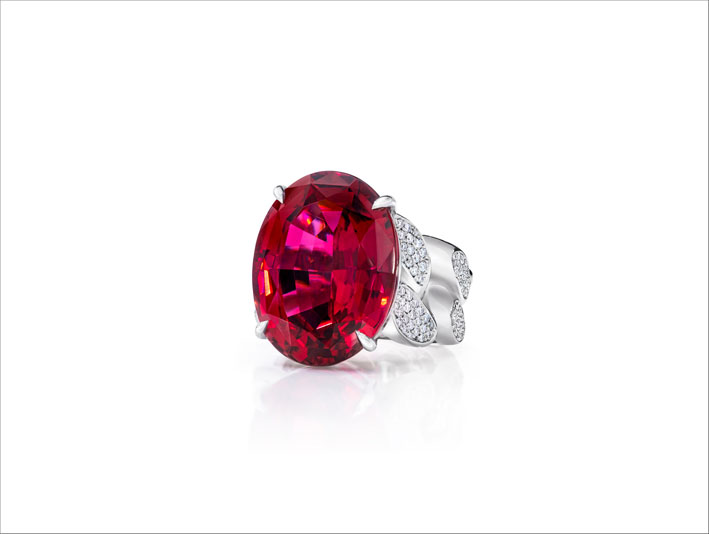
How much does a rubellite cost?
As with other gems, rubellite is also all about weight and quality. An intense and deep color makes a gem more valuable. But the other aspect to take into account is transparency and the quantity or absence of inclusions: the more the gem has an intense red hue and is without defects, the higher its value will be. Finally, obviously the weight counts, which is measured in carats. If you want to get an idea of the retail value of rubellite, you can easily consult the dealers on the internet. However, the value of the stone is also linked to the jewel on which it is mounted. An established brand is usually a guarantee of being able to maintain the value of a jewel over time.
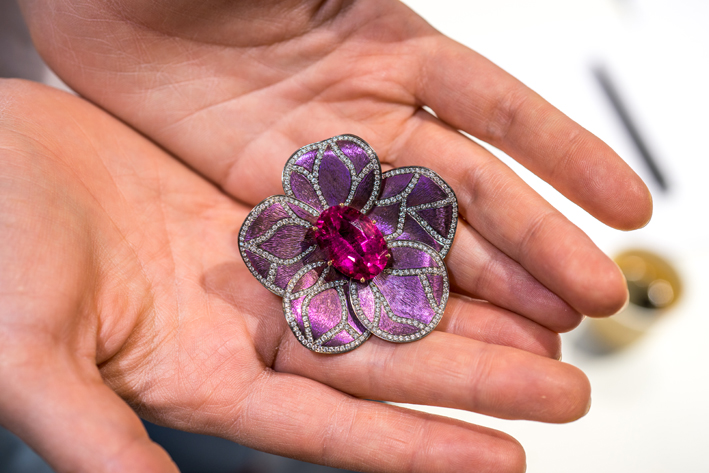
How to clean
Rubellite cleans like all other sufficiently hard gemstones. Just immerse it in a basin of water with one or two drops of soap, leave it for ten minutes, and then rub it gently with a toothbrush with soft bristles, finally rinse. But be careful that more delicate materials, such as pearls and opals, are not present on the jewel.
